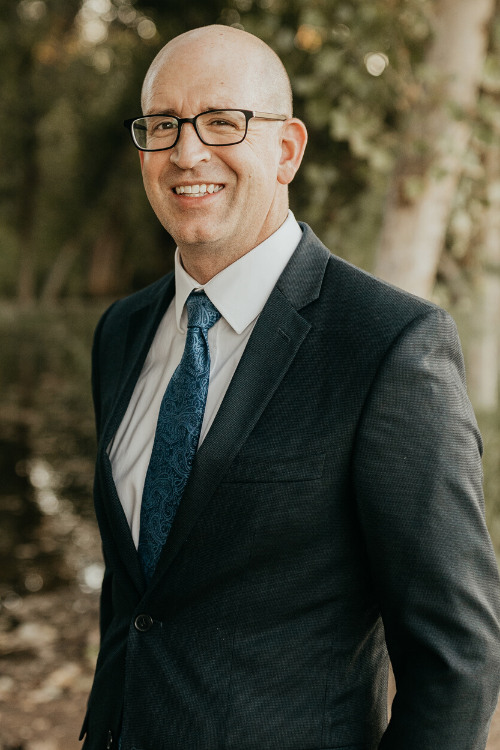Trusts serve many different purposes in estate planning, often imagined as the Swiss Army Knife of Estate Planning. They all have the intent to protect the assets placed within the trust. The type of trust determines what the protection is, and from whom it is protected, says the article “Trusts are powerful tools which can come in many forms,” from The News Enterprise. To understand how trusts protect, start with the roles involved in a trust.
The person who creates the trust is called a “grantor” or “settlor.” The individuals or organizations receiving the benefit of the property or assets in the trust are the “beneficiaries.” There are two basic types of beneficiaries: present interest beneficiaries and “future interest” beneficiaries. The beneficiary, by the way, can be the same person as the grantor, for their lifetime, or it can be other people or entities.
The person who is responsible for the property within the trust is the “trustee.” This person is responsible for caring for the assets in the trust and following the instructions of the trust. The trustee can be the same person as the grantor, as long as a successor is in place when the grantor/initial trustee dies or becomes incapacitated. However, a grantor cannot gain asset protection through a trust, where the grantor controls the trust and is the principal recipient of the trust.
One way to establish asset protection during the lifetime of the grantor is with an irrevocable trust. Someone other than the grantor must be the trustee, and the grantor should not have any control over the trust. The less power a grantor retains, the greater the asset protection.
One additional example is if a grantor seeks lifetime asset protection but also wishes to retain the right to income from the trust property and provide a protected home for an adult child upon the grantor’s death. Very specific provisions within the trust document can be drafted to accomplish this particular task.
There are many other options that can be created to accomplish the specific goals of the grantor.
Some trusts are used to protect assets from taxes, while others ensure that an individual with special needs will be able to continue to receive needs-tested government benefits and still have access to funds for costs not covered by government benefits.
An estate planning attorney will have a thorough understanding of the many different types of trusts and which one would best suit each individual situation and goal.
Reference: The News Enterprise (July 25, 2020) “Trusts are powerful tools which can come in many forms”


